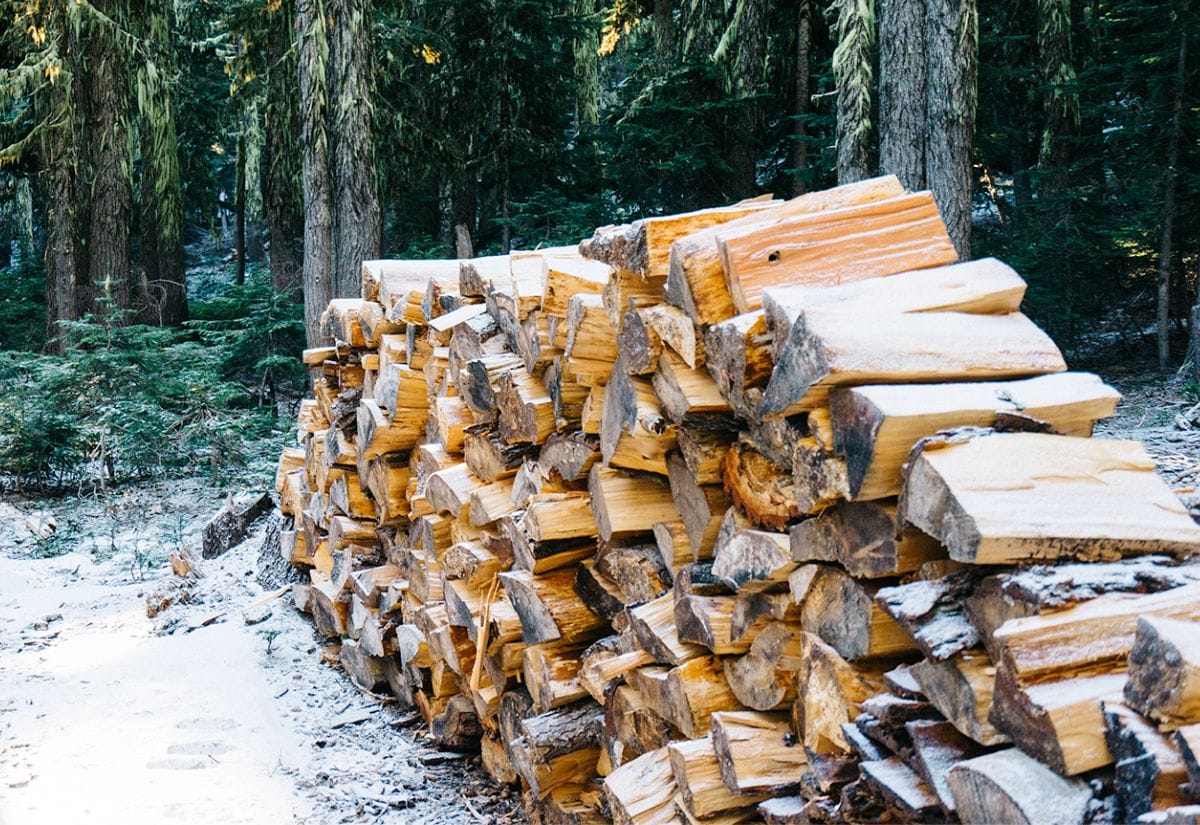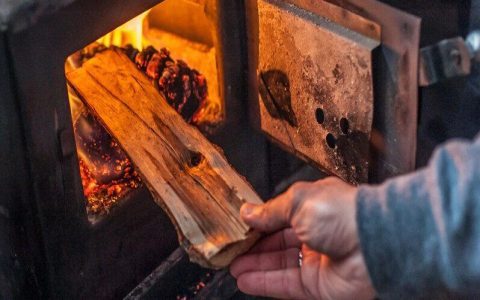When choosing between fir and pine for firewood, understanding their distinct characteristics is crucial for optimal burning performance and safety.
Fir Firewood
Fir is a softwood that generally offers a better firewood experience compared to most pines, though it still falls short of hardwoods.
- Heat Output: Moderate. Fir produces a decent amount of heat, generally ranging from 15 to 18 million BTUs per cord, depending on the specific fir species (e.g., Douglas Fir is on the higher end).
- Burning Characteristics: It typically burns relatively quickly and cleanly if well-seasoned. Fir tends to produce fewer sparks and less smoke than pine. Creosote buildup is moderate but less than pine.
- Seasoning: Requires 6-12 months of proper seasoning to reduce moisture content for efficient burning.
- Splitting: Generally easy to split.
- Aroma: Pleasant, mild scent.
- Best Uses: Good for kindling, shoulder season fires (spring/fall), or when mixed with hardwoods. Douglas Fir can be a primary fuel source in some regions.
Pine Firewood
Pine is also a softwood, known for its high resin content, which significantly impacts its burning properties.

- Heat Output: Low to moderate. Pine typically yields 14 to 17 million BTUs per cord, varying by species (e.g., Yellow Pine is higher than White Pine).
- Burning Characteristics: Pine ignites very easily due to its resin. However, this resin also causes it to burn very quickly, produce significant smoke, and create more sparks (popping). It has a higher potential for creosote buildup in chimneys, requiring more frequent cleaning.
- Seasoning: Requires 6-12 months, but its high resin content means it can still produce significant creosote even when seasoned.
- Splitting: Usually very easy to split.
- Aroma: Distinctive, strong pine scent, which many find pleasant.
- Best Uses: Excellent for starting fires (kindling), outdoor campfires where sparks are less of a concern, or for quick, short bursts of heat. Not ideal as a primary indoor heating source due to creosote and rapid burn time.
Key Differences Summarized
Resin Content: Pine has a significantly higher resin content than fir. This makes pine easier to light but also causes more smoke, sparks, and creosote.
Sparks and Smoke: Fir produces fewer sparks and less smoke compared to pine.
Creosote Buildup: Pine is more prone to causing creosote buildup in chimneys due to its high resin content. Fir is generally cleaner burning in this regard.
Heat Output & Burn Time: Fir, especially species like Douglas Fir, often provides slightly higher BTUs and a longer burn time than many pine varieties, though both are fast-burning compared to hardwoods.
Safety: Due to higher spark production and creosote, pine requires more caution, especially for indoor use and open fireplaces.

Conclusion: While both are softwoods, fir (especially Douglas Fir) is generally considered a superior firewood to pine due to its lower resin content, reduced sparking, and cleaner burn. Pine excels as kindling and for outdoor fires where its rapid ignition and aromatic qualities can be enjoyed with less concern for creosote or indoor sparks.










